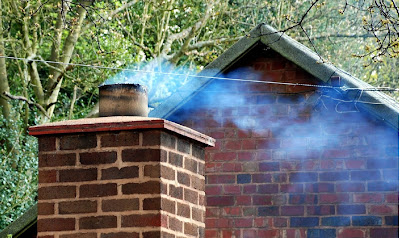
Five to thirty percent of the chemical energy contained in every log escapes up the chimney when the wood is burned in a conventional airtight stove.
However, Firecat catalytic combustors are designed to make use of this energy, converting it into useful heat as it lessens chimney creosote build up and air pollution. When wood smoke contacts this catalyst, chemical changes occur that cause the smoke to ignite at temperatures around 500° F. (260° C.) - temperatures easily found in a wood-stove firebox. Normally, smoke will ignite and burn at temperatures around 1000° F. (540° C.) It is important to make sure the catalytic combustor has achieved light-off before closing the stoves bypass damper. In general, the catalytic combustors needs 500° F. (260° C.) focused on it for 20 to 30 minutes to achieve light-off when initially building a fire in your stove. The bypass damper can then be closed directing the gases through the combustor . At this point the exhaust temperature of the combustor will rise to a range between 1000° F. to 1600° F. indicating the smoke is burning. 1200 to 1400° F. (650-760° C.) should be maintained as the operating temperature of the catalytic combustor.

1 comment:
Hello,
I am new to using a wood furnace and the house I bought has one. its an 80's model Kerr Scotsman db-101. the electric damper and fan were removed by the previous owner and he has (20+ years) manual controlled the heat for the house. I have been doing this and I have to say the house is staying at 70 degrees night and day with very little effort. However I am curious about adding on the catalytic combustor you have been writing about. do you think this is a wise move? If the combustor fails or is clogged could it be dangerous? I am told I will be able to heat my house with wood on 4 cords a season, would the catalytic combustor decrease my usage?
thanks for any info, love the site and its been very helpful!
Post a Comment